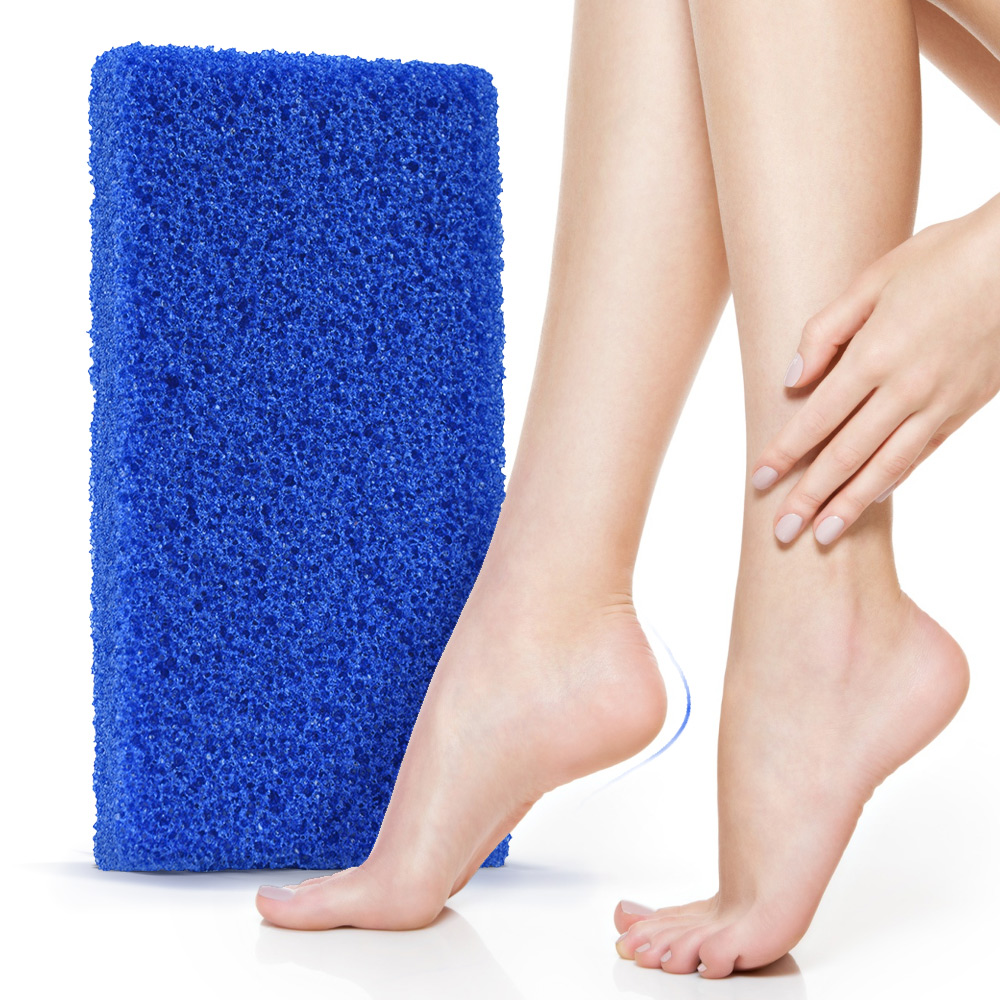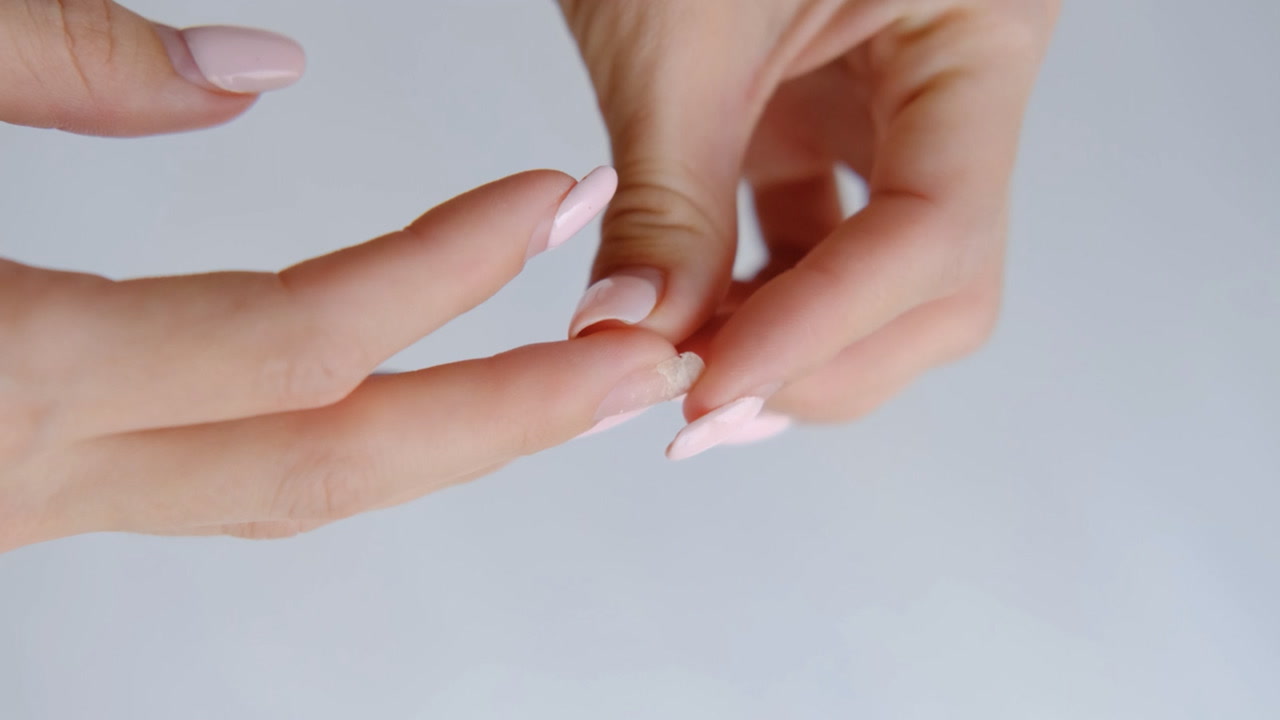Today, we’re going to talk about manicures and nail preparation: essential for ensuring a perfect and long-lasting application of your semi-permanent nail polish or for your reconstruction.
According to the latest trends, the Russian manicure is better and more professional, but you have to be more careful when using the nail drill.
Let’s take a look at the steps for manicures and nail preparation to achieve professional and long-lasting results without damaging your nails.
Step-by-Step Manicure for Beautiful Hands
Let’s start with nail preparation by cleaning your hands and tools with disinfectant.
Using a cuticle pusher, start by gently pushing back the cuticles, which will then be removed with tweezers or small scissors to trim the excess skin.
Buff your nails with a buffing block to remove the excess oil, taking care not to redden or thin the natural nail. Always apply the file in the same direction to avoid any unevenness in the final result on the nail plate.
Define the nail shape with a nail file. If the nail bed is extended, remove the free edge to facilitate the insertion of the nail form.
Carefully remove dust with the “Nail Brush.” We recommend cleaning with a pad soaked in cleanser to remove residue and degrease the nail plate.
Now it’s time to use Primer so the surfaces are perfect for the next product.
Giving a manicure the ability to prepare a natural nail will allow you to use any type of product: semi-permanent, gel, or acrylic.
Our advice for creating greater adhesion and a professional final effect is to use a rubber base coat for semi-permanent nail polish or a gel bonder base coat for nail reconstruction.
Russian Manicure: What is it and its advantages?
In this article about manicures, we want to explain the essential difference between the Russian manicure and the traditional Japanese manicure, also widely used in the West.
The Russian manicure is a new technique originating from the Russian steppes that allows for perfect nails and less visible and more camouflaged regrowth.
The main difference between the two manicures is that it is advisable to avoid soaking your nails in water for several minutes to soften the cuticles and any ingrown toenails. According to Oriental manicures, this technique made removal easier.
The Russian manicure is based on the “dry” technique because it assumes that the nail, being porous, absorbs too much water when soaked, altering its volume and making the surface difficult to shape properly.
A hand that doesn’t undergo soaking during the manicure for nail preparation is better suited to semi-permanent nail polish or long gel build-ups.
When the soaked nail doesn’t have time to dry completely, apply a semi-permanent nail polish or gel. This risks compromising the duration and final result, as the nail will evaporate the retained water even after application and could cause irreparable cracks.
According to some Russian manicure specialists, diamond is the best because it’s durable but not too abrasive.
Use the cutter, choosing the most suitable diamond tip based on your skin type and experience.
Our advice for a perfect manicure and preparation is to start with the fine tip and gradually increase the thickness.




